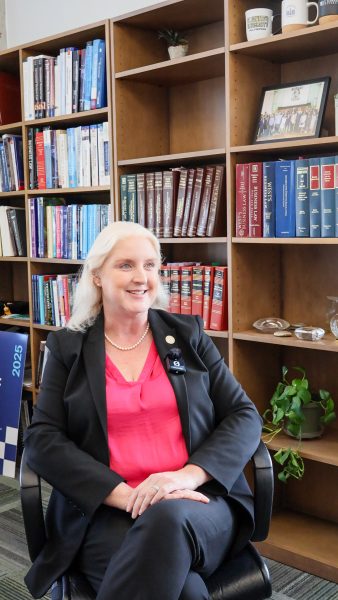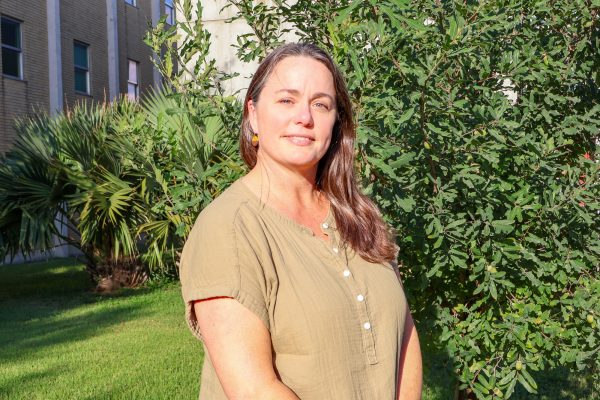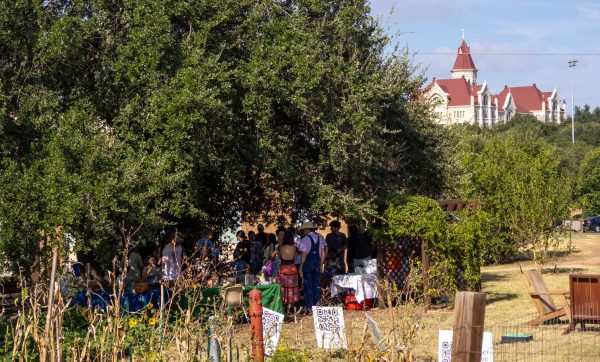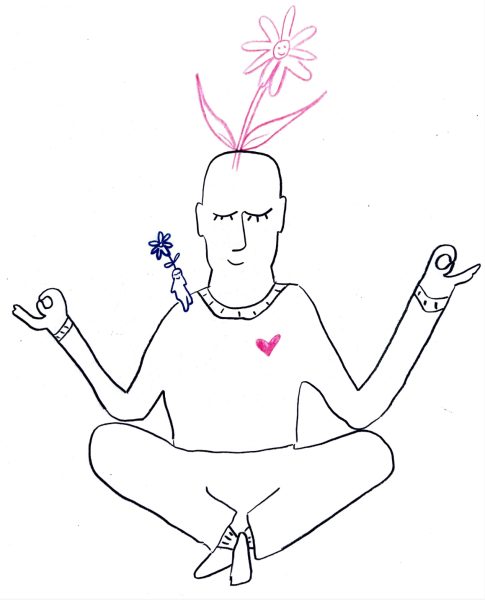Q&A with UPD
Is there a race sensitivity training that the school’s police officers go through?
Our officers are commissioned by the Texas Commission on Law enforcement, and they require sensitivity training related to race. The first course is racial profiling in which they discuss the various aspects of prejudices and how officers can operate effectively without being influenced by local or personal prejudices.
There is also a cultural diversity class that focuses on the fact that demographic makeup of the United States is rapidly changing, almost yearly, and the changes our society is experiencing goes beyond just diversity of race and gender.
It talks about all the changes that are happening in our society, the effects of these changes and how to be aware of them, because awareness is a big key.
Do officers believe that it is a valuable training?
In general, our officers extremely value training that is going to make them [better serve] the community. Training is an extremely important part to policing. I think we are privileged about being able to have a police department specifically at a higher education institution.
If a police officer uses discrimination, how is he/she disciplined?
St. Edward’s has policies, and it does not tolerate discrimination of any kind. So, anytime there is an incident, it’s handled through the department policies and the University’s employee handbook. There is an investigation that occurs. We would engage Human Resources and follow the policies and the handbook. So after the investigation, Human Resources would make a decision on the actual incident and what would be handed down.
Is the ongoing issue of racial injustice openly discussed in the department?
The officers definitely discuss the events that are occurring around the United States and the reason is really for ongoing learning, being able to see what’s happening in policing and around the world. We take those as learning opportunities.
Occasionally, we build them into training scenarios so that we can kind of go over things and how would we handle it based on our policies and within our community. We really want to be able to discuss them anytime they’re happening.
Do your officers wear body cameras? Do you think it makes a difference?
The officers have been utilizing body cameras since 2011, so they were way ahead of the curve. I think it does make a difference. The ability for us to have videos help officers in their normal duties, it can help them document interviews with suspects or victims when they go to scenes and take statements. It also allows us to review whatever we need to anytime there is an incident. It gives us an unbiased viewpoint of it, and we can pull the video footage and see what was said and what was happening and have a perspective of the officer’s point of view. We use those as training opportunities.
There was hesitation from a lot of people on both hands regarding body cams, but I believe that body cams are going to become the norm in policing, and I think they’re just a great tool for us to review what happened so you don’t have to rely on people’s statements. I think it is a great tool.
What are your thoughts on police shootings and what do you think could be a solution?
One of the facts to know is that out of our 13 personnel, 5 of them were previously students before they became officers. A number of our students value their experience at St. Edward’s so much that some of them have left to become officers and come back.
They really value the experience and the community here. I think that’s one of the value of us doing policing in a higher education institution: it’s the ability to keep engaging the population of the community before times of crisis happen. So that we know each other, know what to expect and respect each other. That’s key.
Looking at it from a national level, a solution is training, training and more training. Our goal is to never have to deal with these critical type of incidents, but when we do, we want to make sure that our officers are proficient in all the different skill sets that are needed in law enforcement. Training and mutual respect are the solution.






